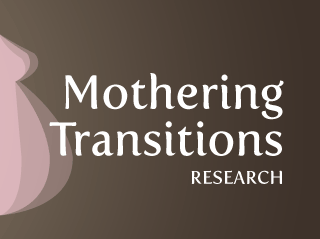Research Focus 2: Detecting, Preventing, and Treating Perinatal Mental Illness
Brief Overview of Clinical Problem
Childbirth represents for women a time of great vulnerability to become mentally unwell, with postpartum mood disorders representing the most frequent form of maternal morbidity following delivery. These affective disorders following childbirth range in severity from the early maternity blues to postpartum psychosis, a serious state affecting less than 1% of mothers. Within this group of disorders is postpartum depression (PPD), a condition often exhibiting the disabling symptoms of dysphoria, emotional lability, insomnia, confusion, anxiety, guilt, and suicidal ideation. Frequently exacerbating these indicators are low self-esteem, inability to cope, feelings of incompetence and loss of self, and loneliness. The inception rate is greatest in the first 12 weeks postpartum with duration frequently dependent on severity and time to onset of treatment. While residual depressive symptoms are common, 50% of mothers will remain clinically depressed at 6 months postpartum with an estimated 25% of untreated PPD continuing past the first year. PPD is a major health problem for many women from all cultures. A meta-analysis of 59 studies reported an overall prevalence of PPD to be 13%. While the cause of PPD remains unclear, with extensive research suggesting a multi-factorial etiology, one of the strongest risk factors is antenatal depression with antenatal anxiety a frequent co-morbidity. Perinatal depression and anxiety have been linked to numerous negative infant and child outcomes and thus is important to study.
